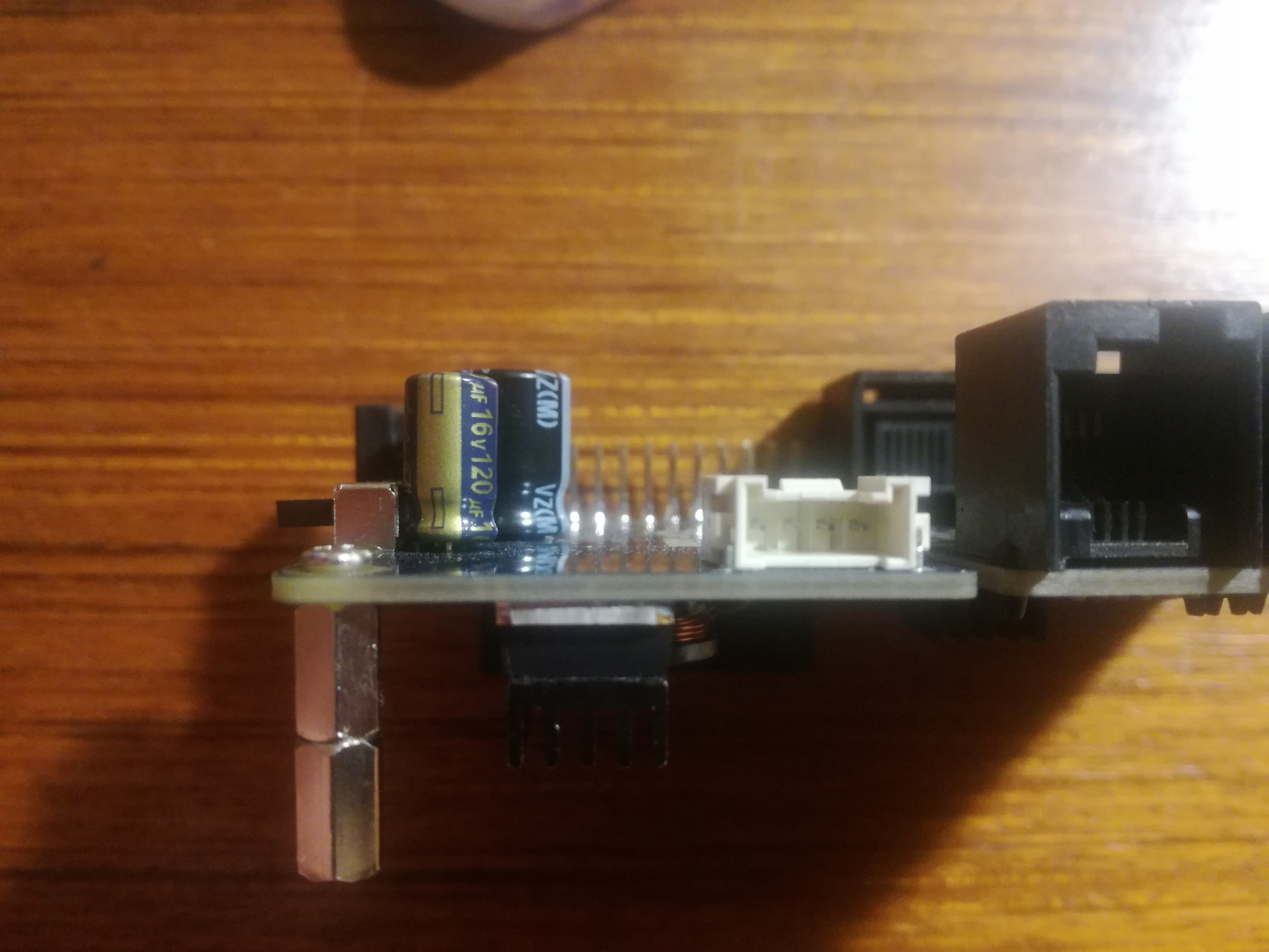Hi,
I’ve just gotten my brand new BrickPi3 and its been working flawlessly except one thing, a really high pitched noise whenever connected to a RaspberryPi. While I can’t be sure, it sounds as if it is coming from the large power transistor on the underside of the BrickPi3 and I have confirmed it is not coming for the Pi itself. So far I have tested it with a Pi 3B+ and a Pi 1B with the same results, a strange high pitched hum just at the top of my hearing range. This sound only happens when the boards are powered via the barrel plug with either the 8 AA batteries or a single 9 volt. If I power the boards via USB through the Pi, there is no more high pitched sound. There is also no sound if the BrickPi3 is powered by itself (not connected to the Pi). I am wondering if this is something to be concerned about as apart from this noise all the voltages look fine and operation from both the Pi and the BrickPi3 are entirely normal.
Quick edit: If it helps with anything, I am currently using ev3dev on the pi but the sound has persisted since I first turned it on without ev3dev. Also, the sound fluctuates, changes in pitch and has a sort of background white noise.
Thanks,
Liam.
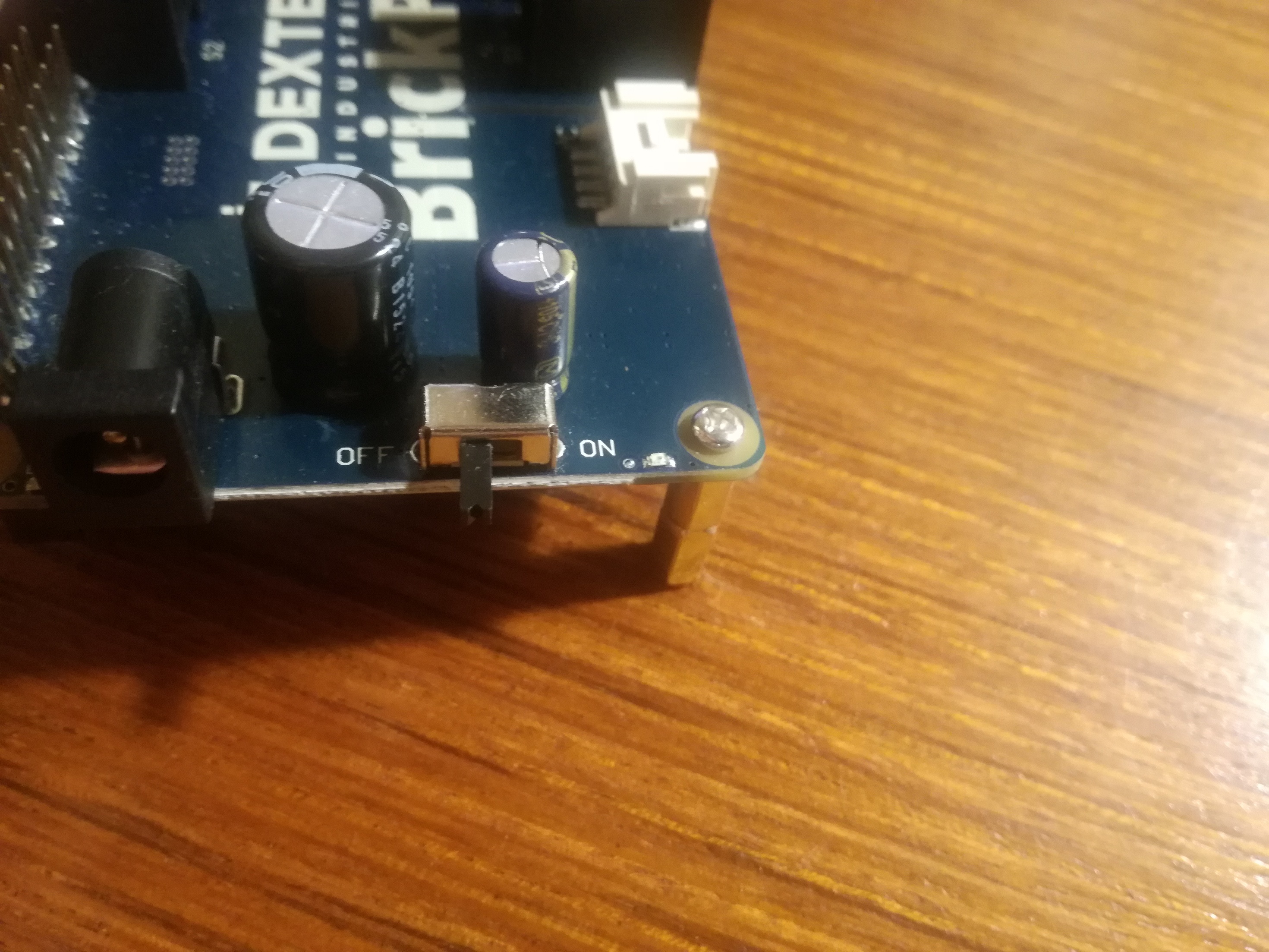 ,
, 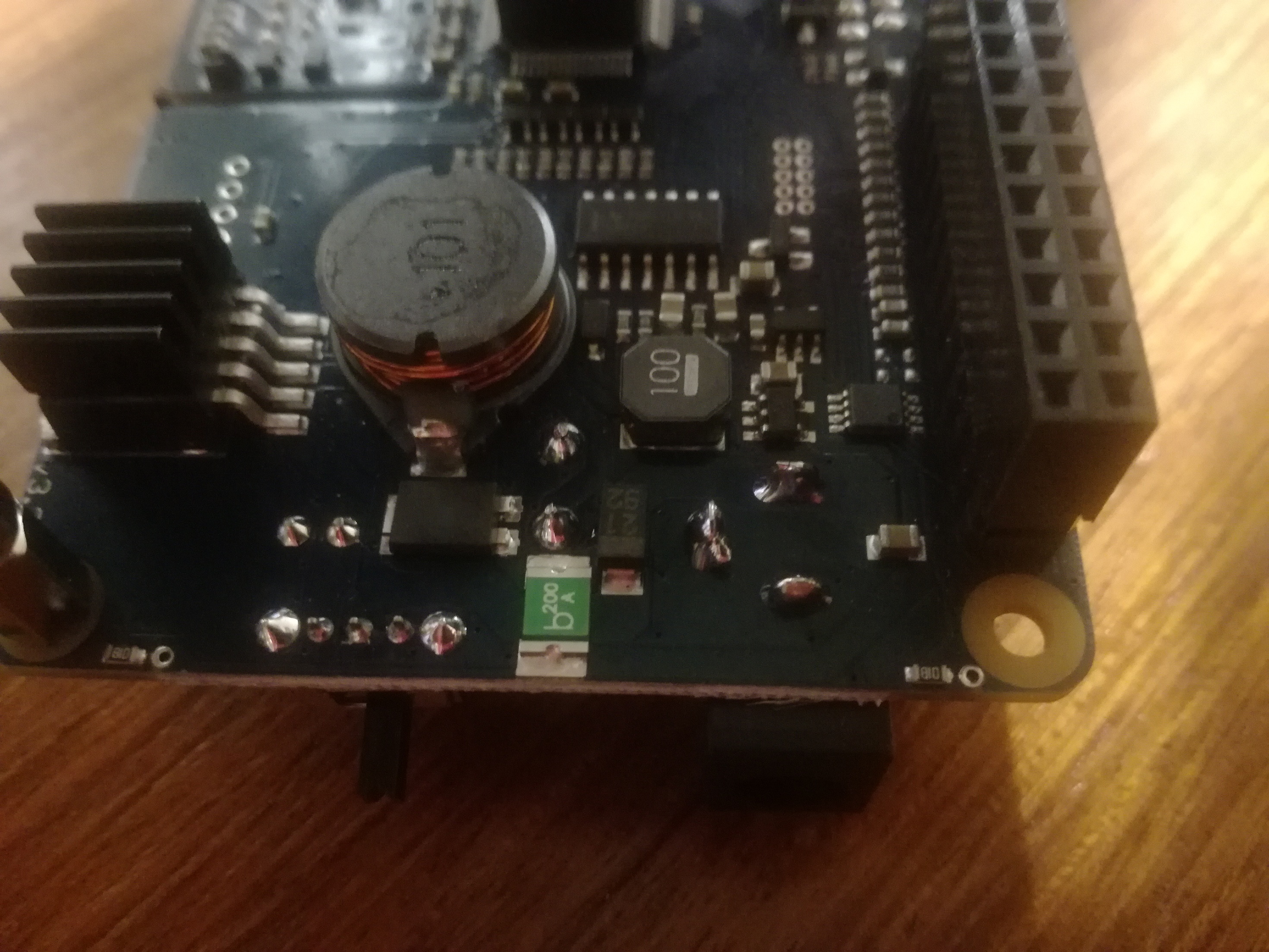 ,
, 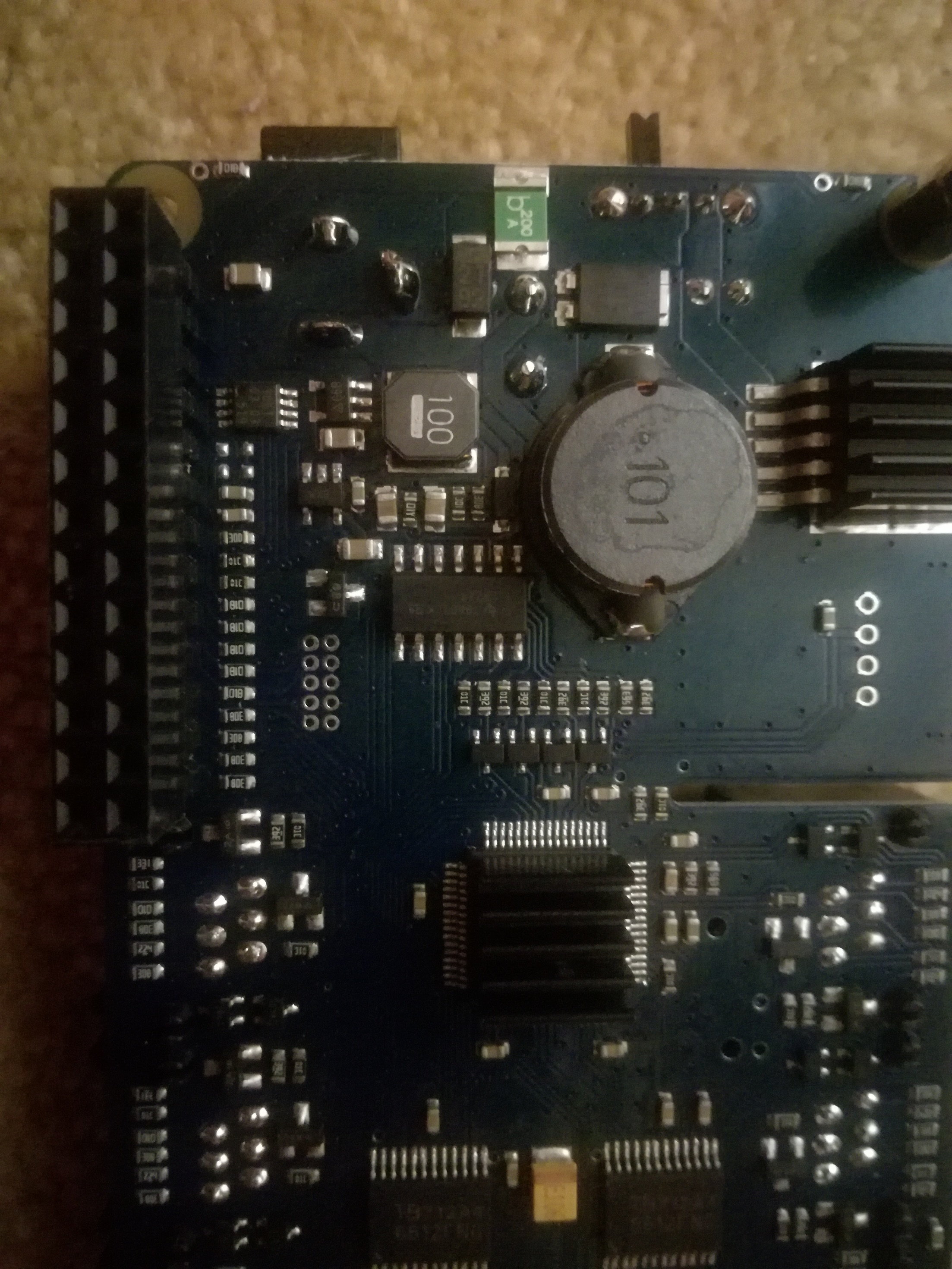 ,
,  ,
, 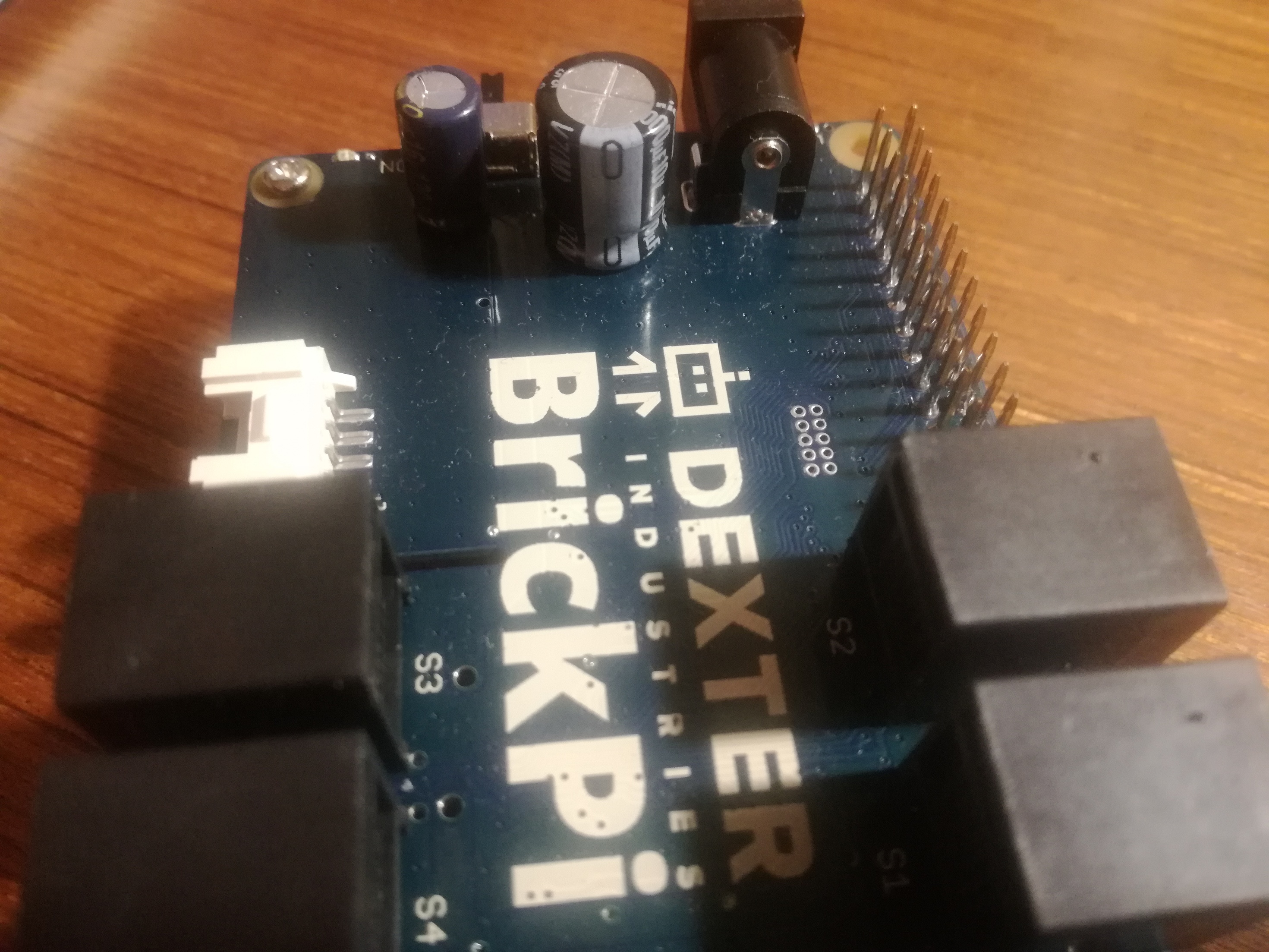 ,
,  ,
, 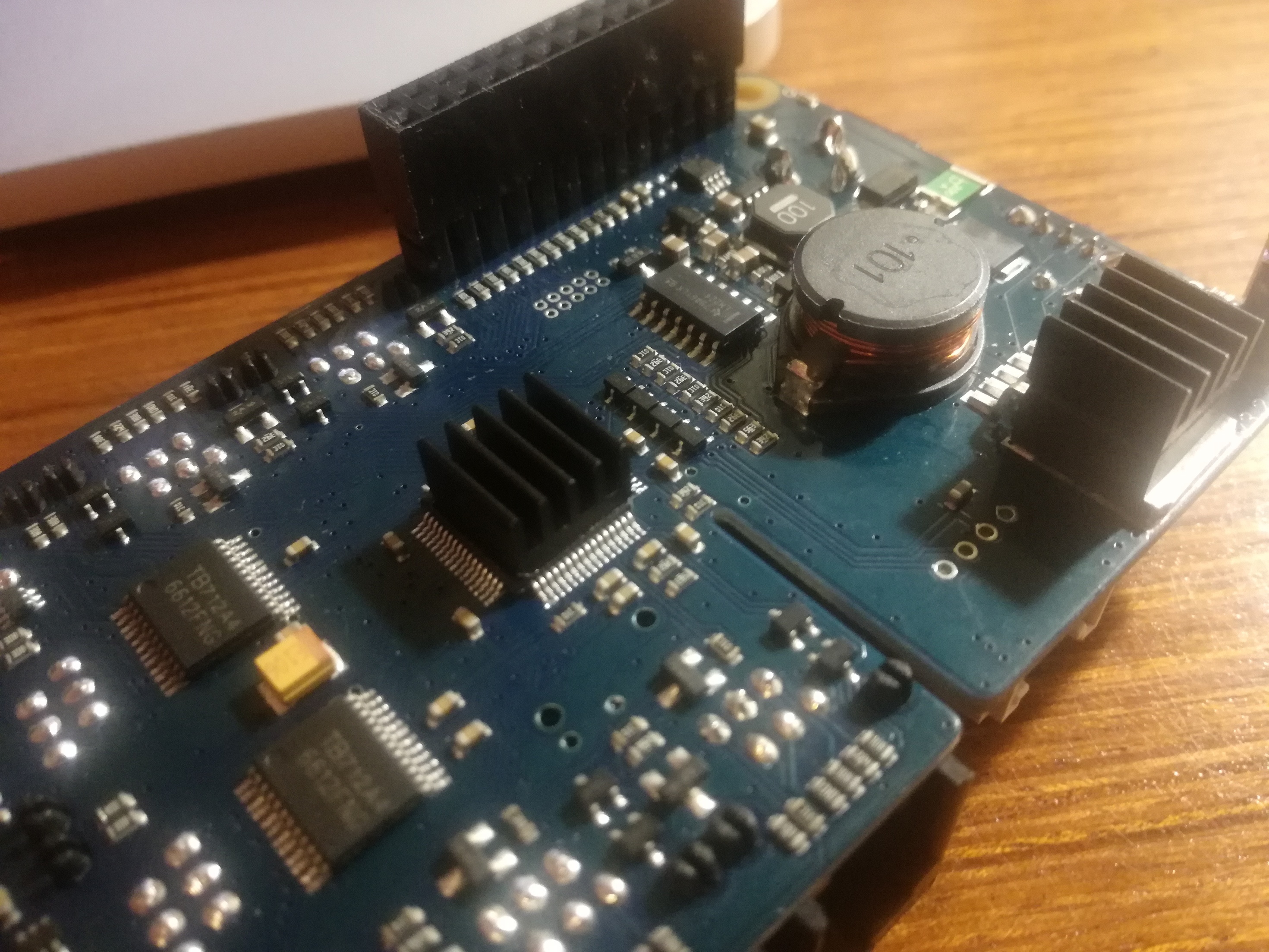 ,
, 